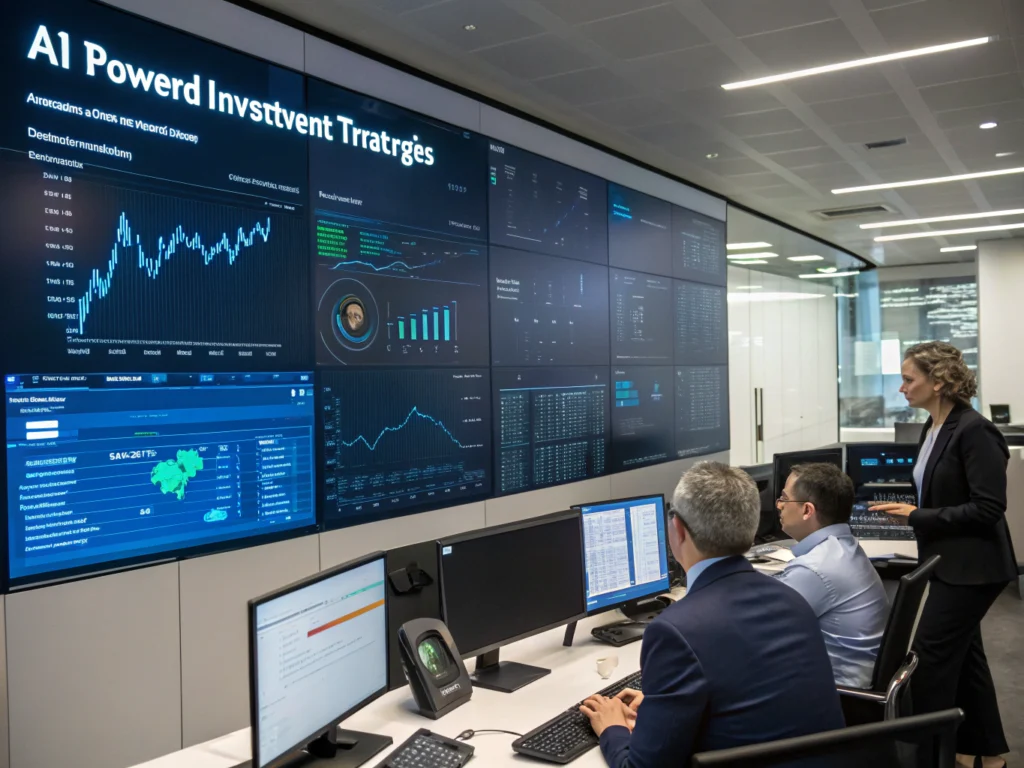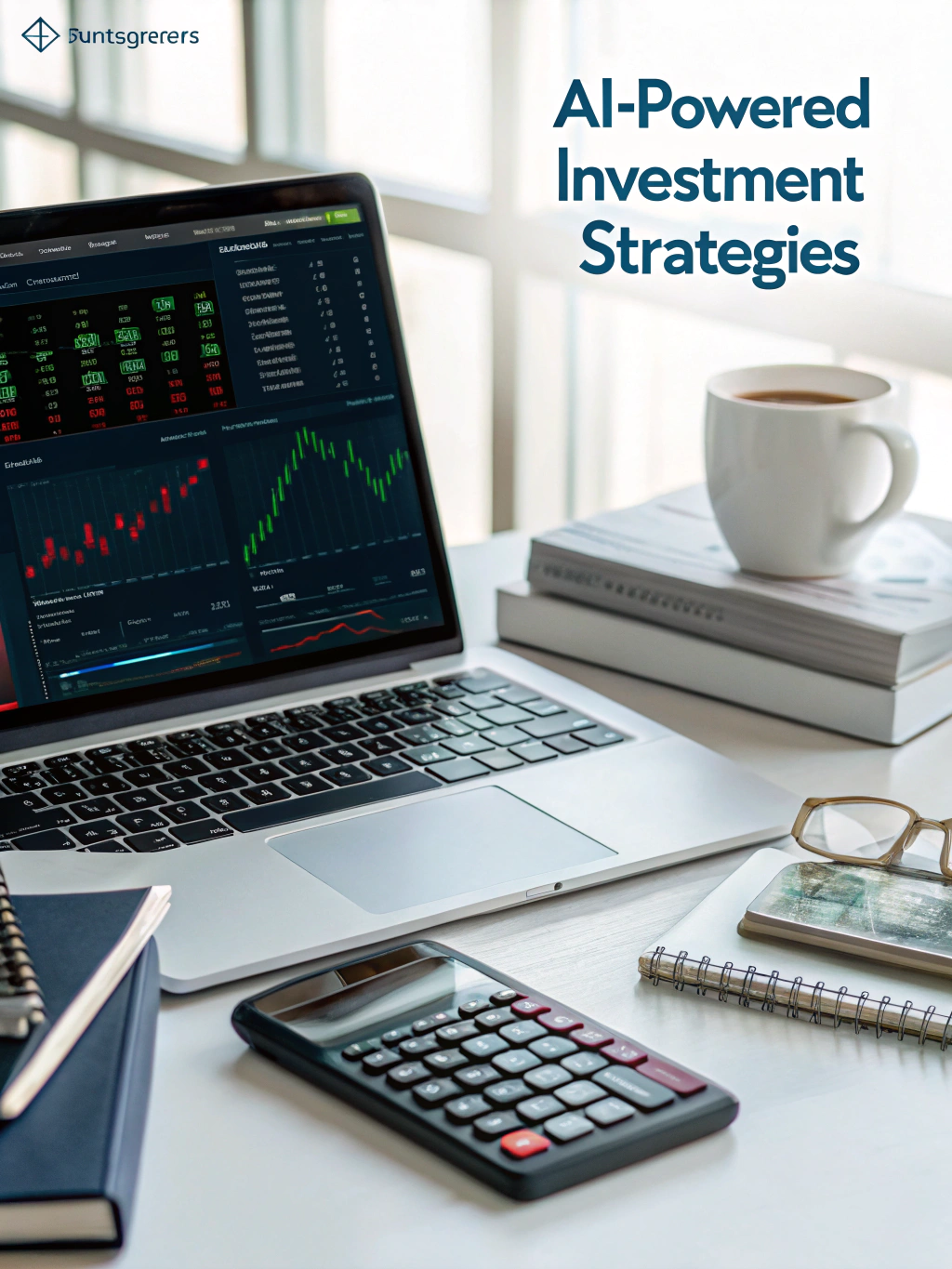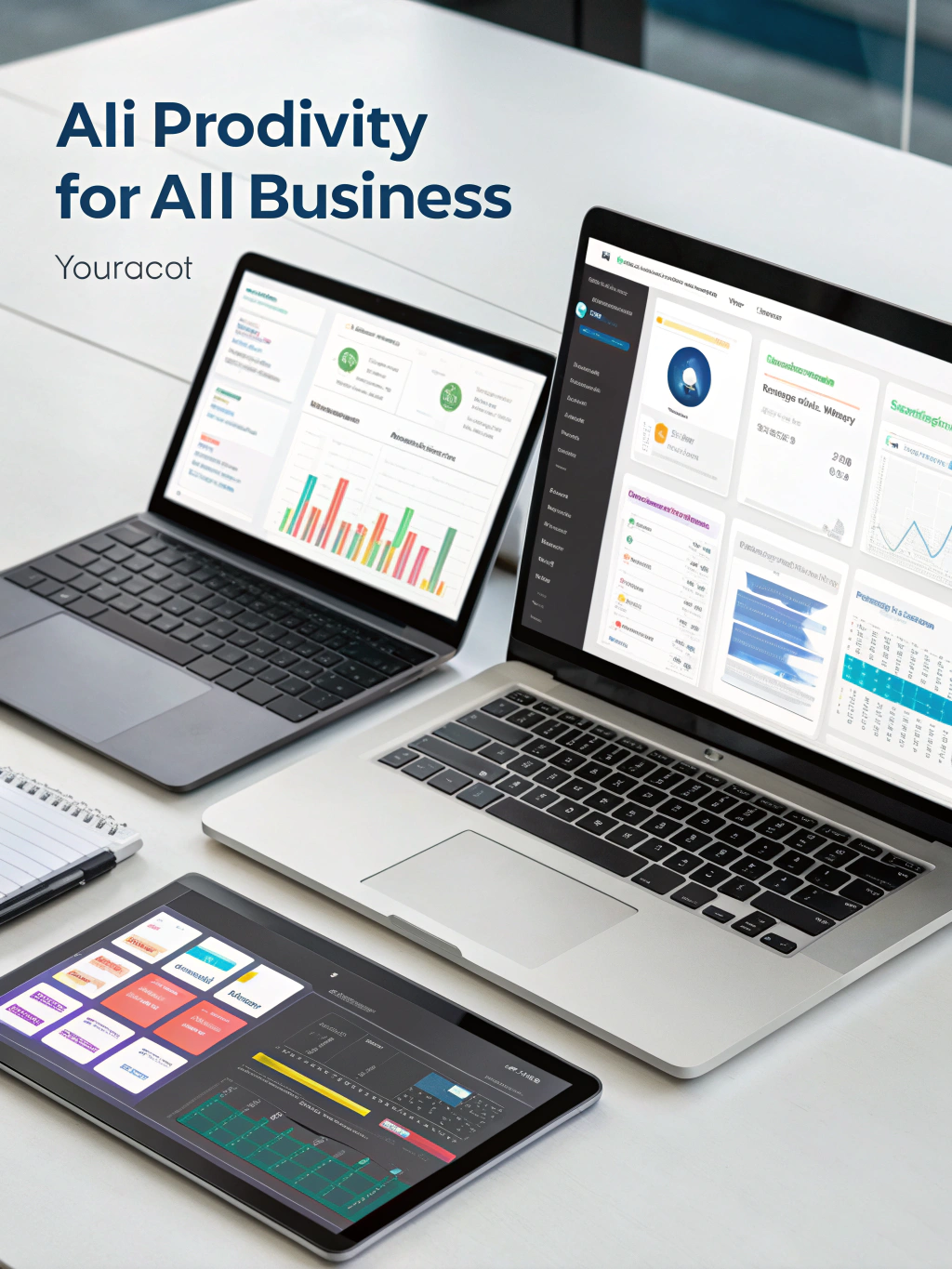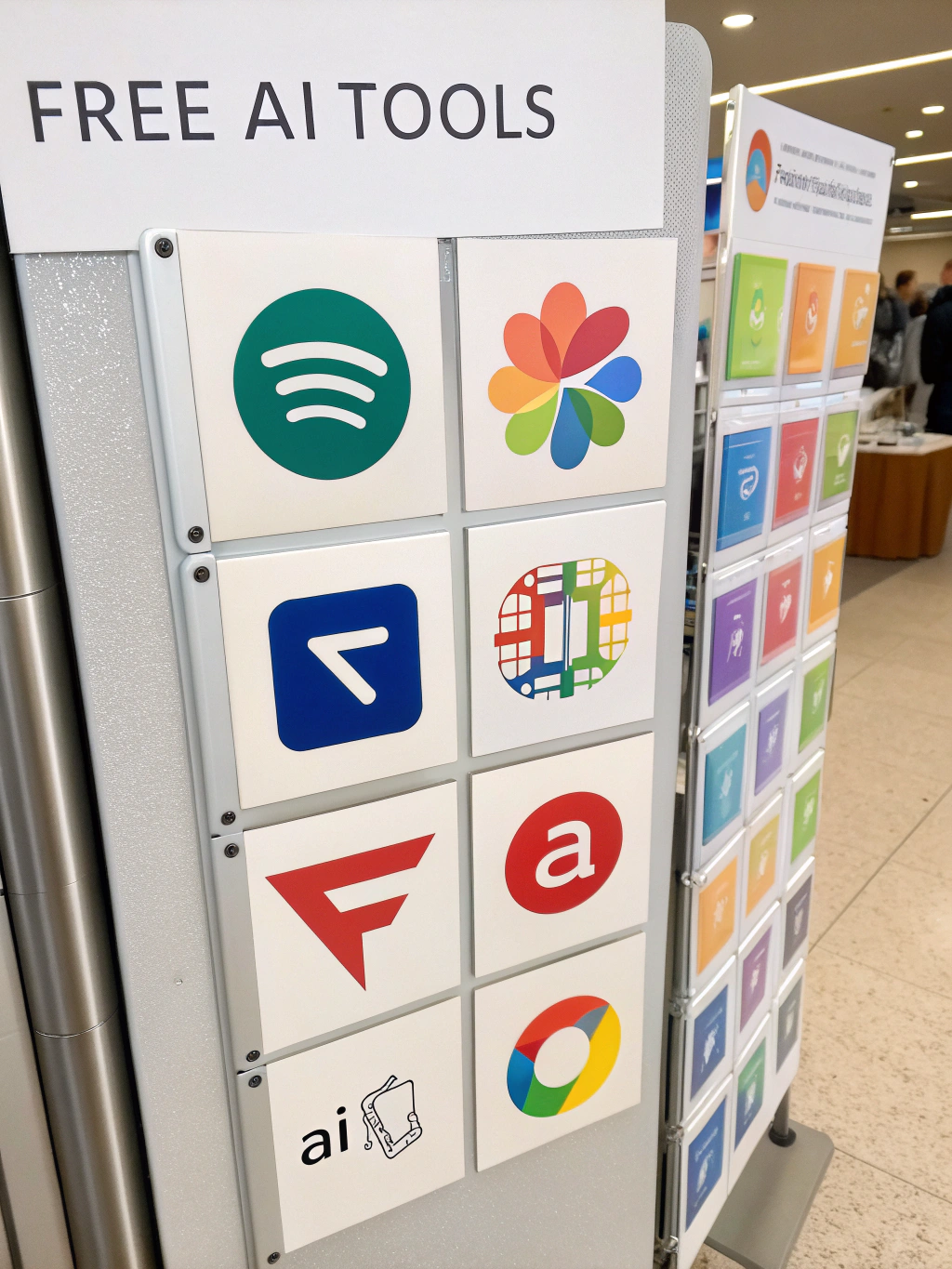Unlocking Alpha : How AI is Revolutionizing Investment Strategies

AI-Powered Investment Strategies: The Future of Wealth Management?
Unlocking Alpha
Have you ever wondered if your investment decisions could be more data-driven, more efficient, and ultimately, more profitable? For decades, investors relied on market analysis, financial intuition, and expert advice. But a paradigm shift is underway. The rise of artificial intelligence (AI) is revolutionizing the financial landscape, ushering in an era of AI-Powered Investment Strategies. But is it a guaranteed path to riches, or are there hidden pitfalls to navigate? This post delves deep into the world of AI in finance, exploring its potential, current trends, and crucial considerations for both seasoned and novice investors.
Key Concepts & Trends
The intersection of AI and finance isn’t a futuristic fantasy anymore; it’s happening now. At its core, AI-Powered Investment Strategies leverage machine learning algorithms, natural language processing, and deep learning to analyze vast datasets of market information, identify patterns, and make predictions – often at speeds and scales impossible for humans.
One major trend is the increasing adoption of Algorithmic Trading. This involves using computer programs to execute trades based on pre-defined instructions and algorithms. Unlike discretionary trading, algorithmic trading removes emotional biases and allows for rapid responses to market changes. Think of it like a sophisticated autopilot for your investments. Companies like Renaissance Technologies have famously employed high-frequency Algorithmic Trading strategies with remarkable success.
Another key concept is robo-advisors. These online platforms use algorithms to build and manage investment portfolios based on an individual’s risk tolerance, financial goals, and time horizon. They offer a cost-effective alternative to traditional financial advisors, making sophisticated investment management accessible to a wider audience. Platforms like Betterment and Wealthfront have gained significant traction.
Furthermore, AI is being applied to sentiment analysis, using natural language processing to gauge market sentiment from news articles, social media posts, and financial reports. This provides a more nuanced understanding of investor psychology and potential market movements. Imagine an AI that can detect subtle shifts in public opinion before they translate into significant price fluctuations.

Data & Market Insights
The market for AI in finance is booming. According to a recent report by Grand View Research, the global AI in finance market size was valued at USD 14.61 billion in 2023 and is projected to reach USD 102.32 billion by 2030, growing at a CAGR of 24.5% from 2024 to 2030. This explosive growth is driven by the increasing availability of financial data, advancements in AI technologies, and the demand for improved efficiency and risk management.
A McKinsey report highlights that AI has the potential to increase global GDP by $13 trillion by 2030. In the investment sector, this translates to more efficient portfolio optimization, better risk assessment, and the identification of lucrative investment opportunities.
Here’s a visual representation of the increasing AI adoption in financial institutions: [Insert a chart or infographic here showing the growth of AI adoption in different financial sectors – e.g., asset management, banking, insurance]. (Note: Since I cannot directly embed images, you would insert a relevant visual here.)
The adoption of Algorithmic Trading has been particularly prominent in institutional markets, accounting for a significant portion of daily trading volume. However, the democratization of AI is now enabling retail investors to access similar tools and strategies.
Smarter Strategies & Alternatives
Beyond simply automating trades, AI-Powered Investment Strategies offer opportunities for more sophisticated approaches. One smart strategy is utilizing AI for personalized portfolio construction. By analyzing an individual’s unique financial situation and goals, AI can recommend asset allocations tailored to their specific needs.
Another alternative to traditional investment platforms is exploring decentralized finance (DeFi) powered by AI. AI can be used to analyze smart contract risks, optimize yield farming strategies, and automate trading on decentralized exchanges. However, it’s crucial to acknowledge the inherent risks associated with DeFi.
For risk-aware investors, a blended approach combining traditional investment methods with AI-driven insights can be effective. This involves using AI for data analysis and opportunity identification while maintaining a diversified portfolio and employing sound risk management principles. Consider platforms offering AI-driven risk scoring and portfolio monitoring.
Use Cases & Applications
The applications of AI-Powered Investment Strategies are vast and expanding rapidly. In asset management, AI is used for portfolio optimization, risk management, and fraud detection. Hedge funds are increasingly leveraging AI for quantitative analysis and generating alpha.
In the retail investing space, robo-advisors are empowering millions to participate in the market with lower fees and greater accessibility. Startups are developing innovative AI-powered tools for stock screening, investment research, and personalized financial advice.
For instance, companies like Kensho Technologies provide AI-powered analytics platforms that help financial professionals make more informed decisions. Investment firms are also using AI to automate reporting, enhance customer service, and improve operational efficiency.
Common Mistakes to Avoid
While the potential of AI in investing is immense, several common mistakes should be avoided. One frequent pitfall is over-reliance on AI without understanding its limitations. AI algorithms are only as good as the data they are trained on, and biases in the data can lead to flawed predictions.
Another mistake is neglecting due diligence on AI-powered platforms. It’s essential to understand the underlying algorithms, data sources, and potential risks before entrusting your investments to an AI system.
Finally, failing to adapt to evolving market conditions is a significant risk. AI models need to be continuously monitored and retrained to remain effective in a dynamic financial environment.
Maintenance, Security & Long-Term Planning
Maintaining and securing AI-powered investment systems is paramount. Robust cybersecurity measures are crucial to protect sensitive financial data from breaches. Regular updates and monitoring are necessary to address vulnerabilities and ensure the ongoing performance of AI models.
From a long-term planning perspective, portfolio diversification remains essential, even with the use of AI. Relying solely on AI-driven recommendations without considering broader market trends can be risky. Compliance with evolving financial regulations is also a critical consideration.
Summary & Key Takeaways
AI-Powered Investment Strategies are no longer a futuristic concept; they are reshaping the financial world. From Algorithmic Trading to personalized robo-advisors, AI offers powerful tools for enhancing investment efficiency, managing risk, and potentially boosting returns. However, it’s crucial to approach this technology with a balanced perspective, understanding its limitations and avoiding common pitfalls.
Key takeaways:
- AI is revolutionizing investment management.
- Algorithmic Trading and robo-advisors are key trends.
- Data quality and risk management are critical considerations.
- Continuous learning and adaptation are essential.
Ready to explore the possibilities of AI in your investment journey? Share your thoughts in the comments below! Have you experimented with AI-powered investment tools? What are your biggest questions or concerns? You might also find our guide to AI-Powered Investment Strategies helpful.
FAQs
Is it too late to invest in crypto? While the cryptocurrency market has experienced volatility, AI is playing a growing role in crypto analysis and trading. AI tools can help identify promising projects and manage risk. However, thorough research and a cautious approach are still essential.
How can small businesses use AI? Small businesses can leverage AI for various applications, including customer service chatbots, marketing automation, and data analysis. AI-powered tools can help streamline operations and improve decision-making.
What tech stacks scale best? For scalable tech stacks, consider cloud-based solutions like AWS, Azure, or Google Cloud. Utilizing microservices architecture and containerization technologies (like Docker and Kubernetes) can also enhance scalability and flexibility.
Share this content:














Post Comment